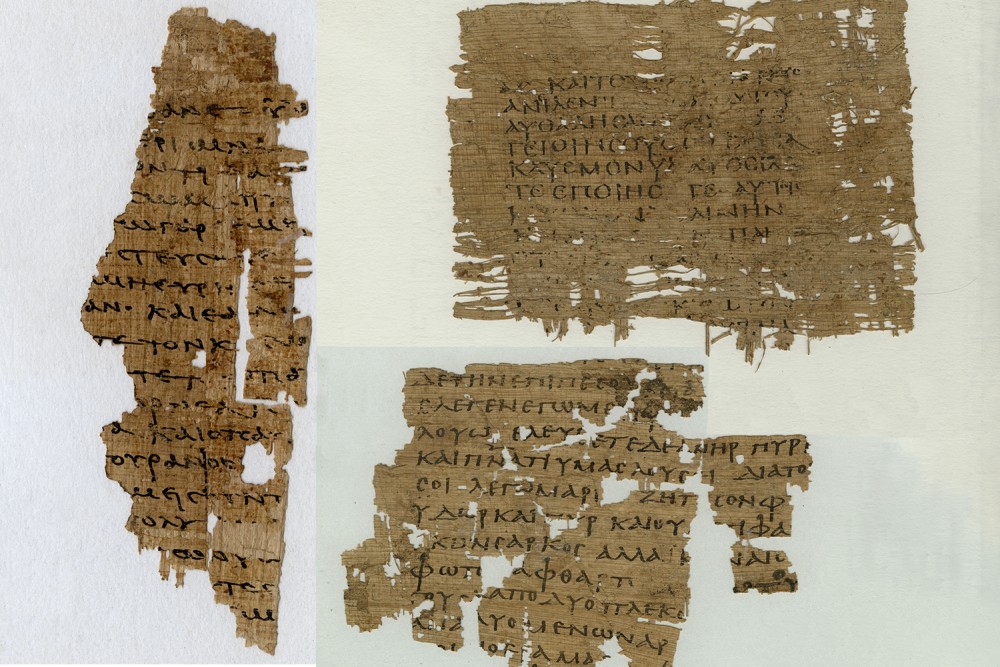Early Christianity, fragment by fragment
A new published volume of ancient papyri contains sayings, attributed to Jesus, that were previously unknown—including a dialogue with a disciple named Mary.

Last summer brought big news for scholars of early Christianity. Three previously unknown gospel fragments were published for the first time as part of an ongoing series, The Oxyrhynchus Papyri. These three Greek manuscript fragments, which scholars date between the second to the fourth centuries CE, all purport to preserve otherwise unknown sayings of Jesus.
They were copied on papyrus, the most common writing medium used in ancient Egypt. Although the papyri have similarities with more familiar gospels, these particular ancient Christian texts were previously unknown to scholars. They have been cataloged as P.Oxy 5575 (“Sayings of Jesus”), P.Oxy 5576 (“Gnostic Text”), and P.Oxy 5577 (“Valentinian Text?”).
In the late 1890s, two Oxford professors named Bernard Grenfell and Arthur Hunt began excavations in Egypt in search of ancient papyri. By some accounts, their goal was to rescue papyri from ancient rubbish mounds before farmers dug the mounds up for fertilizer. But Grenfell and Hunt were also rather opportunistic in their timing: this was during the British occupation of Egypt (1882–1956), when British excavators could legally claim whatever Egyptian antiquities they discovered and bring them back to England.



